While contemporary artworks are susceptible to all of the same damage as older paintings, they can also incur specific problems due to being new artworks, and after being crafted using modern techniques and materials. It is still wholly possible to treat issues with contemporary paintings for a range of ailments, such as repairing tears and addressing water and fire damage.
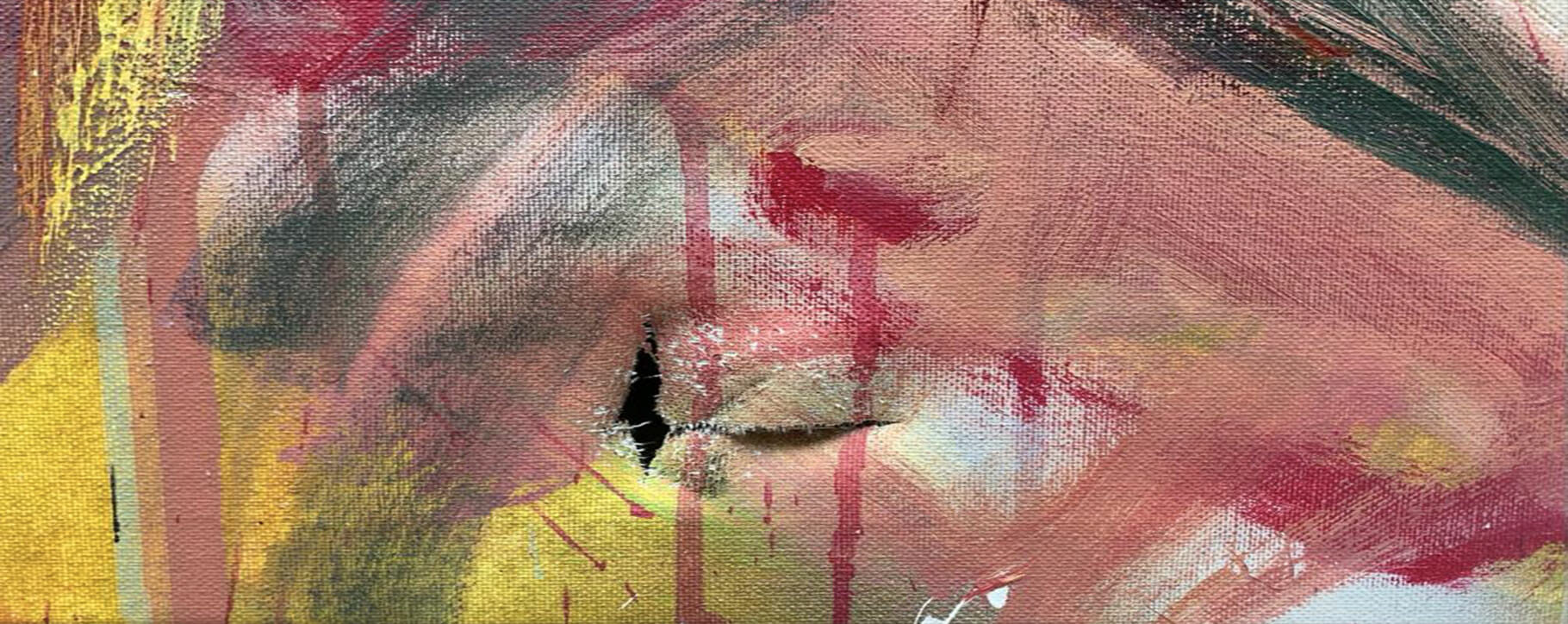
But there are some issues for contemporary paintings that will only ever apply to newer artworks. We’ve detailed some common issues that contemporary paintings face below, to better understand how to handle and care for your artwork.
Impasto
Many contemporary paintings have impasto, a technique where paint is applied to an area of the surface in very thick layers. When dry, impasto provides texture and dimensionality; in some cases the impasto has the desired effect of the artwork appearing to be coming out of the canvas. In the photograph below, you can see impasto on a painting of an eagle.
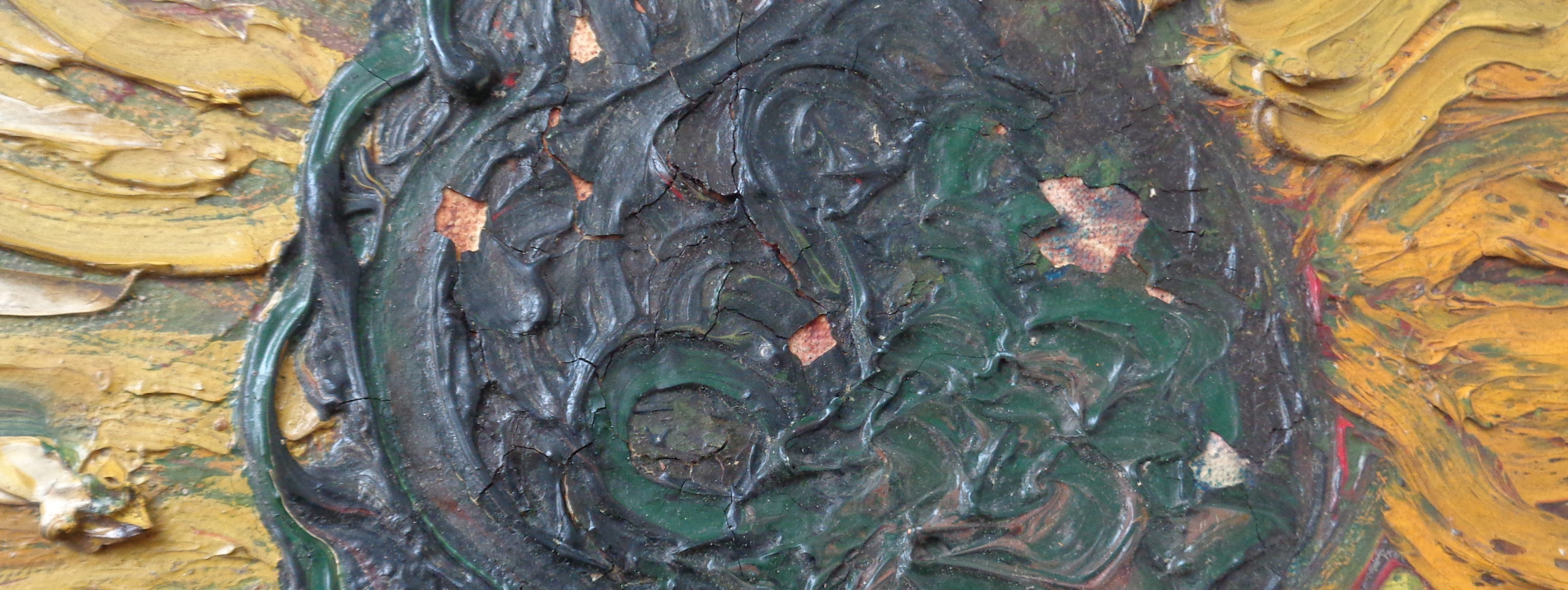
With impasto, the painting needs to be treated very delicately. Because the paint layer is raised in such a way, it is therefore more fragile and at risk of snapping or breaking off. We are often required to consolidate flaking paint on areas of impasto, or fill and retouch areas where the paint has snapped off. Extra care will need to be taken with paintings that have impasto. They should never be stacked or have anything leaning against the surface. In some cases we also advise that glazing is added to a painting to prevent dust accumulation around the intricate paint work.
Drying time and inappropriate packaging
Once a painting has been completed, it is vital that there is ample time for the painting to fully dry.We have received numerous paintings into the studio that require treatment because the surface was not fully dry, and after being packaged once purchased, fibres of the packaging have stuck onto the painting.
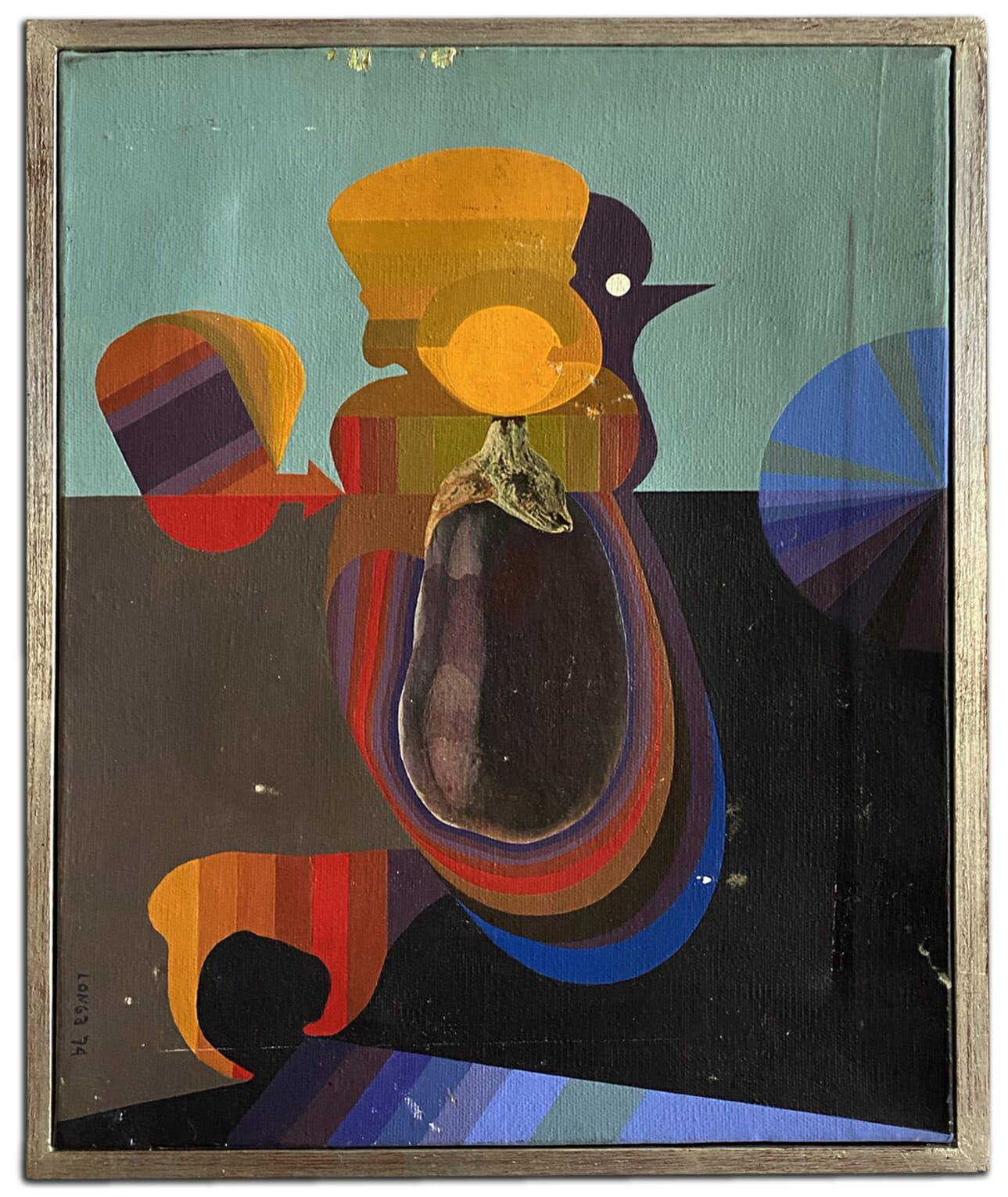
Drying times can differ for paintings due to the materials and paint used, but can take up to 12-18 months for some paintings. If there is impasto on a painting, it is important to note that the paint underneath the surface will require longer to dry.
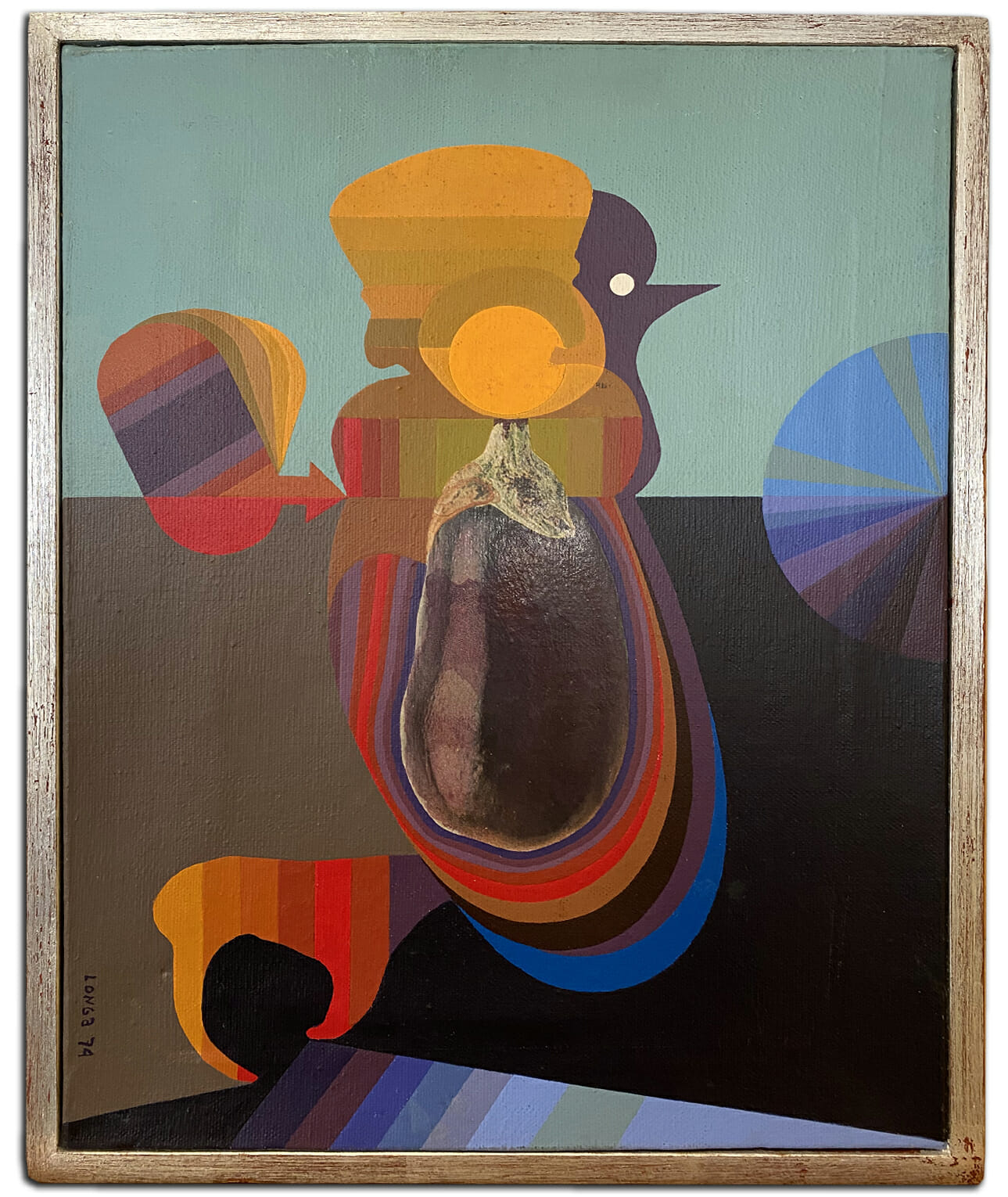
When an artwork is fully dry and ready to be transported, the packaging materials used may be inappropriate and cause the painting to need treatment. For a painting we recently had into the studio, dye transferred from a leather covering and caused staining (shown in the squares) on the artwork.
The painting process
When a contemporary artwork is created, later issues could arise if sufficient time and preparation has not been provided during the painting process. The most frequent type of issues we deal with relate to drying time and when the canvas has not been prepared properly between stages. This issue has been highlighted recently in the studio with the below painting that has severe cracking.
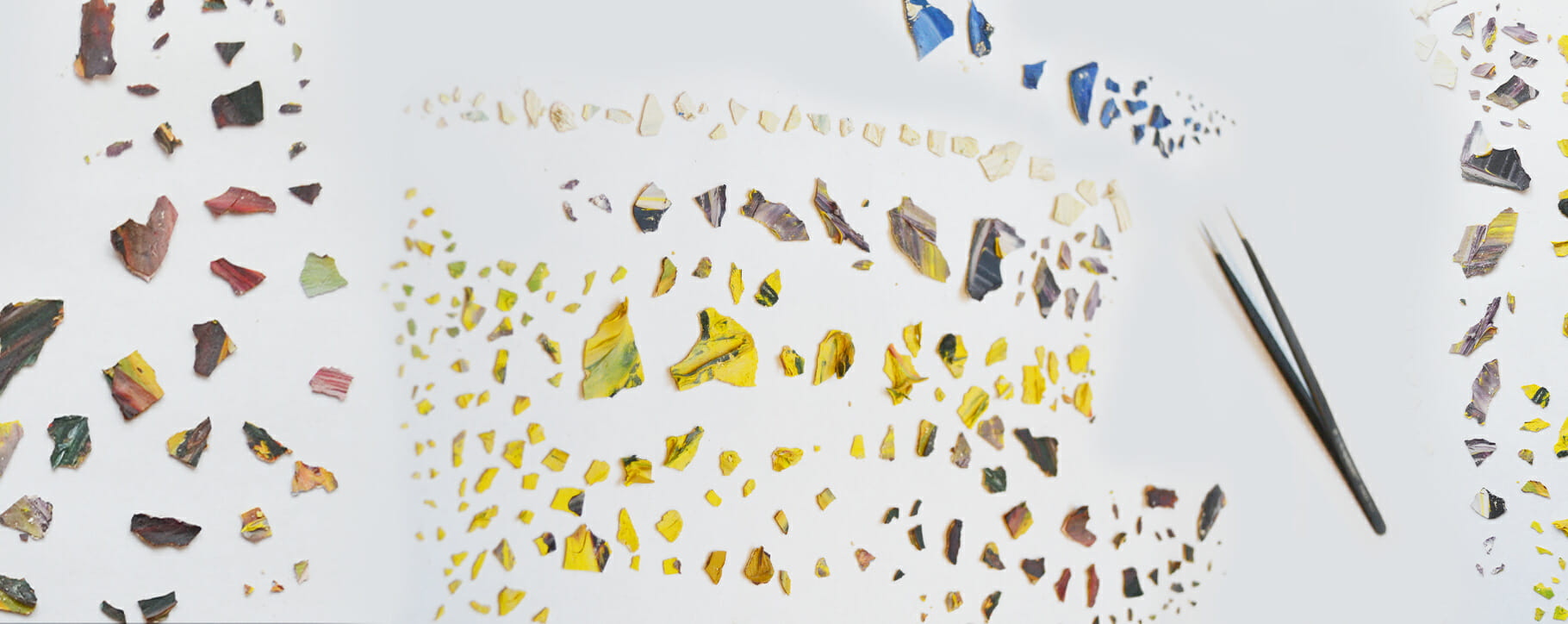
It has been caused due to different drying times, when multiple paint layers have been applied and built up but none have had the time to fully dry. For this painting, we will need to re-adhere the lifting pieces of paint and consolidate the cracking paint layer as a whole.
The style of the painting
Contemporary artworks can be very interesting in how they are stylistically different from traditional, older oil paintings.
Many contemporary paintings we receive have much thinner paint applied, and often in bold flat shapes. If there is a stain on a contemporary painting that has thin paint, and is an area of light colour, it will be harder to entirely remove the stain.
When a mark is removed, the sheen of the painting’s surface will change slightly where the mark used to be. When a painting is contemporary and unvarnished, the only way to change the sheen would be to varnish. However, that would lose the originality of the artwork as it is not the artist’s intentions. Furthermore, if we attempted to try and change the sheen by varnishing locally (purely on the area of concern), then the varnish will degrade differently than the paint layer surrounding it, resulting in an obvious difference, including potential yellowness.
In such cases, we will very carefully assess the requirements of the artwork and speak with our clients about the best course of action to take, and what is achievable from restoration
If you would like our advice on contemporary artworks, please contact us for our no-obligation help.






